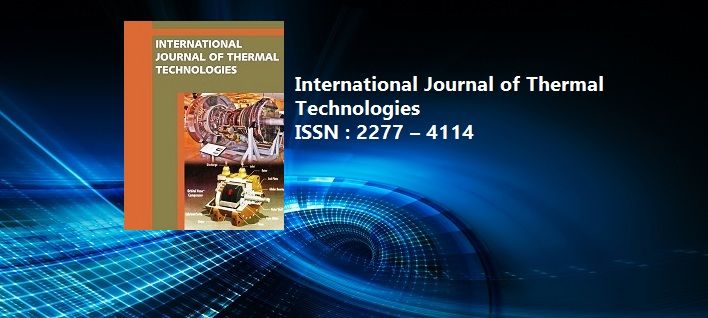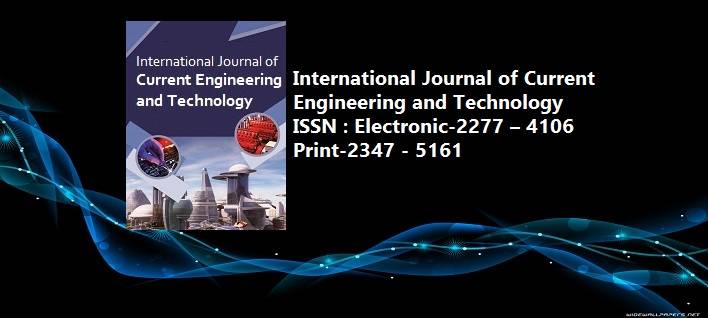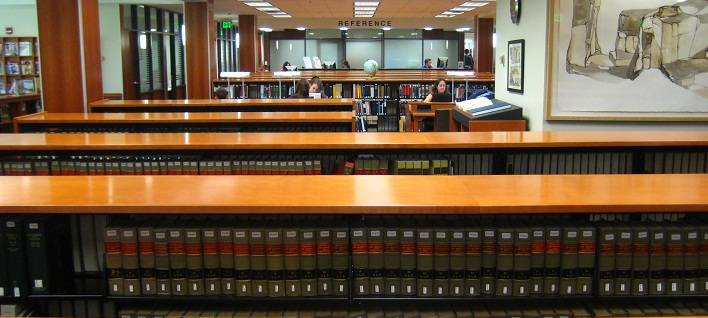Variation of Temperature Coefficient of Different Technology Photovoltaic Modules with respect to Irradiance
Pages : 150-155
Download PDF
Abstract
After the lunch of JNNSM (Jawaharlal Nehru National Solar Mission) in June, 2010 by Government of India as part the action plan on climate change, both on and off grid photovoltaic (PV) installations in India Increased many folds. As on November, 2014 the total installed capacity of Solar PV in India stands at 2800 MW. The PV technologies that dominated the market in terms of installation in India are Multi crystalline silicone (mC-Si), amorphous Silicone a-Si), and cadmium telluride thin film (CdTe). Other PV technologies that are much talked about are Heterogeneous intrinsic thin film (HIT) and CIGS. The PV modules are normally rated at standard test condition defined by three parameters i.e. temperature (250C), Irradiance (1000 watt/m2) and sun spectrum (1.5 GAM). The effect of temperature on power output from a PV module is well known. The loss in power generation from the standard test condition for different technology modules is not constant rather it depends on the temperature coefficient of the particular PV technology. Hence it is very important to study the effect of temperature on different PV technologies at various Indian climatic conditions to estimate the exact power out from different PV installations. In the present study the irradiance dependence of temperature coefficient is measured for four PV technologies ( mC- S, a-Si, CdTe and HIT)and compared. It is evident from the results that temperature coefficient is dependent on irradiance. CdTe seems to have lowest temperature coefficients of power in the entire regime of irradiance in comparison to other three technologies followed by a-Si however the lowest is observed at 800 W/m 2 for CdTe and 1000 W/m2 for a-Si. For HIT technology the lowest temperature coefficient of power is observed at 200 W/m2 and for mC-Si the lowest is at 800 W/m2. Thin film technology comes out to be a better technology in hot climates as the temperature loss of power is minimum compared to crystalline technology.
Keywords: PV module, Temperature coefficient, NOCT, Irradiance.
Article published in International Journal of Current Engineering and Technology, Vol.5, No.1 (Feb-2015)



















 MECHPGCON, MIT College of Engineering, Pune, India
MECHPGCON, MIT College of Engineering, Pune, India AMET, MIT College of Engineering, Pune, India
AMET, MIT College of Engineering, Pune, India International Conference on Advances in Mechanical Sciences
International Conference on Advances in Mechanical Sciences  International Symposium on Engineering and Technology
International Symposium on Engineering and Technology International Conference on Women in Science and Engineering
International Conference on Women in Science and Engineering




